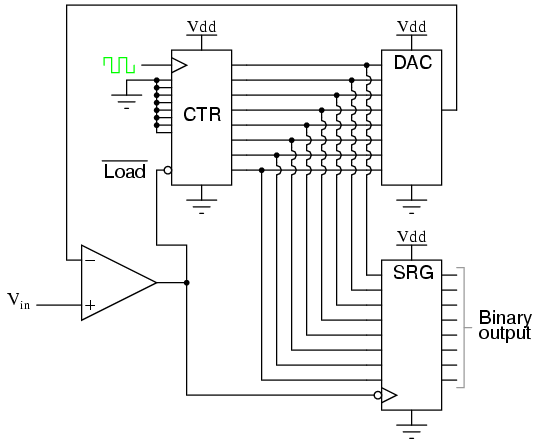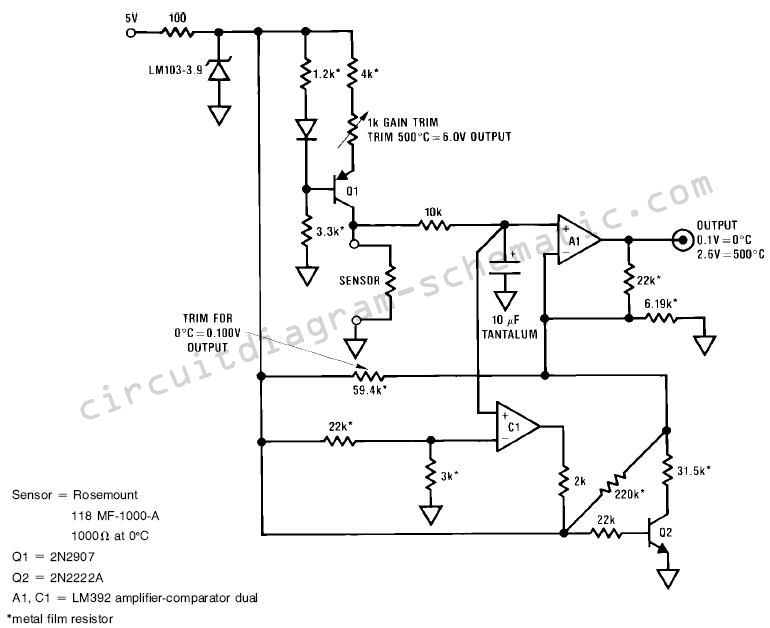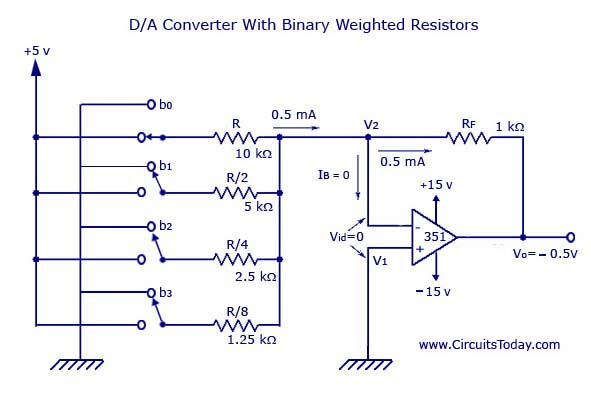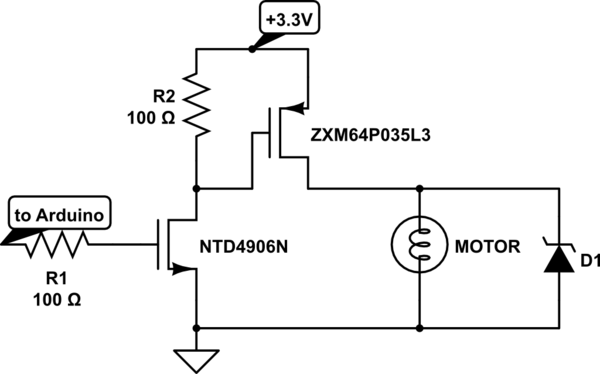
Digital DC Millivoltmeter
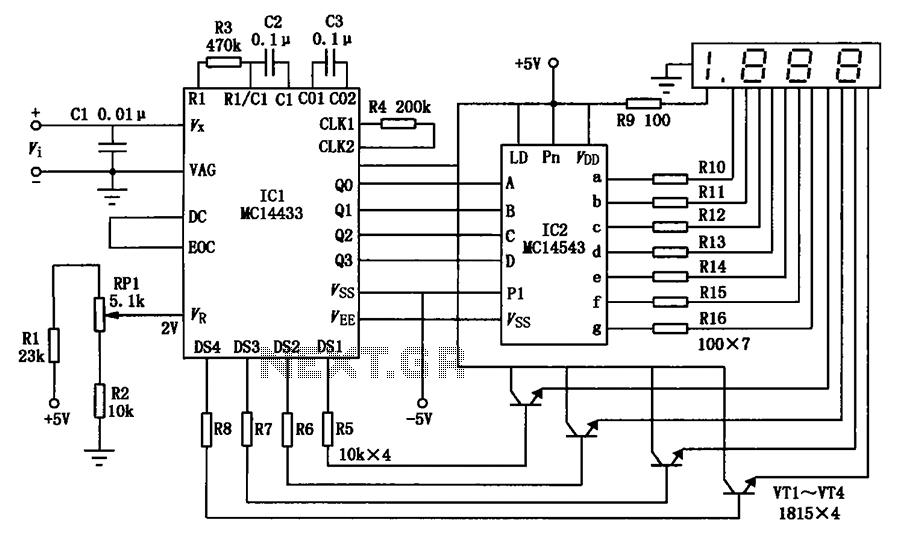
The DC millivoltmeter features a three-and-a-half digit display, offering high accuracy, performance, stability, and user-friendliness. Its measurement range extends from 0 to 1.999 mV, with a measurement accuracy of 1 mV.
The DC millivoltmeter is designed to provide precise voltage measurements in the millivolt range, making it an essential tool for various electronic applications. The three-and-a-half digit display allows for a clear and straightforward reading of the measured voltage, where the first digit represents the range of 0-1 and the second and third digits represent the millivolt values.
The device's high accuracy ensures reliable measurements, which is critical in applications such as sensor calibration, circuit testing, and research and development in electronics. The measurement range of 0 to 1.999 mV enables the detection of small voltage variations, which is particularly useful in low-voltage applications.
In terms of performance, the millivoltmeter is equipped with a stable reference voltage source, which contributes to its accuracy and reduces measurement drift over time. The ease of use is enhanced by the simple interface, typically comprising a power button and a mode selector, which allows users to quickly switch between different measurement modes if necessary.
Overall, the DC millivoltmeter is an indispensable instrument for engineers and technicians who require precise voltage measurements in their work, ensuring that even the smallest voltage changes can be accurately monitored and analyzed. As shown in FIG DC millivoltmeter a three and a half digital display, with high accuracy, performance, stability and ease of use. Its measurement range is 0 ~ 1.999mV, measurem ent accuracy of 1mV.
The DC millivoltmeter is designed to provide precise voltage measurements in the millivolt range, making it an essential tool for various electronic applications. The three-and-a-half digit display allows for a clear and straightforward reading of the measured voltage, where the first digit represents the range of 0-1 and the second and third digits represent the millivolt values.
The device's high accuracy ensures reliable measurements, which is critical in applications such as sensor calibration, circuit testing, and research and development in electronics. The measurement range of 0 to 1.999 mV enables the detection of small voltage variations, which is particularly useful in low-voltage applications.
In terms of performance, the millivoltmeter is equipped with a stable reference voltage source, which contributes to its accuracy and reduces measurement drift over time. The ease of use is enhanced by the simple interface, typically comprising a power button and a mode selector, which allows users to quickly switch between different measurement modes if necessary.
Overall, the DC millivoltmeter is an indispensable instrument for engineers and technicians who require precise voltage measurements in their work, ensuring that even the smallest voltage changes can be accurately monitored and analyzed. As shown in FIG DC millivoltmeter a three and a half digital display, with high accuracy, performance, stability and ease of use. Its measurement range is 0 ~ 1.999mV, measurem ent accuracy of 1mV.
